**Content warning for rape and sexual assault.**
YA adaptations from book to screen are nothing new for Hollywood, but Netflix’s Shadow and Bone first piqued my interest when the main cast announcement was shared a little over a year ago. The reason why I was drawn in by an adaptation of books I had never heard of at the time was simple: The protagonist, Alina Starkov, would be changed from white to half-Asian.
Now that the show has premiered and started trending worldwide, I can speak freely about how this adaptation of Leigh Bardugo’s “Grishaverse” books is an unprecedented step forward in Asian representation. Netflix’s Shadow and Bone has four prominent Asian characters in its ensemble, and all of them are breaking up the Asian monolith fallacy.
Oftentimes, Hollywood’s approach to including Asians into a main cast is to have only one per project. This puts a disproportionate amount of pressure on one character and actor to make all Asians feel represented. Asia is the largest continent in the world, with close to 50 countries that have a wide array of languages, cultures, and histories.
Netflix’s Shadow and Bone is accurately showing how there is considerable diversity under the “Asian” label and offering representation with substance through its main protagonist Alina Starkov (Jessie Mei Li), her endgame love interest Mal Oretsev (Archie Renaux), the skilled spy Inej Ghafa (Amita Suman), and the powerful Squaller Zoya Nazyalensky (Sujaya Dasgupta). Let’s take a closer look at each of these characters to better understand why they are so inspiring.
**General disclaimer for plot spoilers of Netflix’s Shadow and Bone.**
Alina
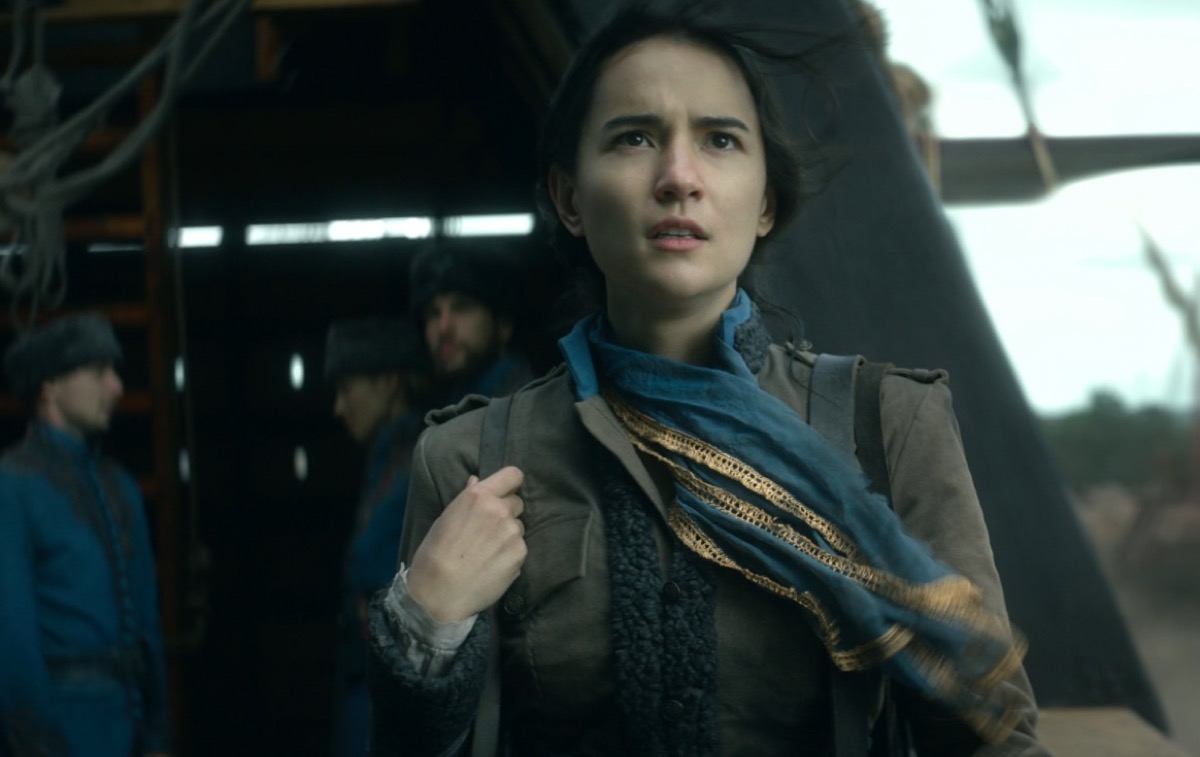
In the books, Alina Starkov often feels like an outsider to the people around her. In the show, those feelings of being an outsider are given more dimension because she is mixed-race. Her mother is from Shu Han, a nation that is at war with the series’ main setting of Ravka and serves as a surrogate of East Asia in the Grishaverse. Jessie Mei Li portrays Alina in the show, and her ability to relate to Alina’s experiences of racism and not being considered “Shu enough” are evident in her performance. This goes beyond her impressive abilities as a relative newcomer to acting on film, to her own personal experiences of navigating racism as a mixed-race Asian (Li is half Chinese) brought up in the U.K.
There are many nuances to anti-Asian racism and racism specifically against mixed-race Asians that are all but never seen on a big-budget project like Shadow and Bone. When the Queen of Ravka makes a comment about Alina being “Shu enough,” it strikes a chord with the pain so many mixed-Asians feel about the microaggressive comments we receive from people of any of our heritage cultures.
These attempts to invalidate our connection to our cultures are often enabled by Hollywood. When the To All the Boys books were adapted into films, the half-Asian protagonist, Lara Jean, was portrayed by a non-mixed Asian actress, Lana Condor. While Condor is a capable performer, the decision to cast her is made all the more questionable by the fact that her sisters were portrayed by mixed-Asian actresses. Those characters are secondary to Lara Jean’s story, further fueling the pain that mixed Asians feel at being considered by many to be “not Asian enough” to be the heroes of our stories.
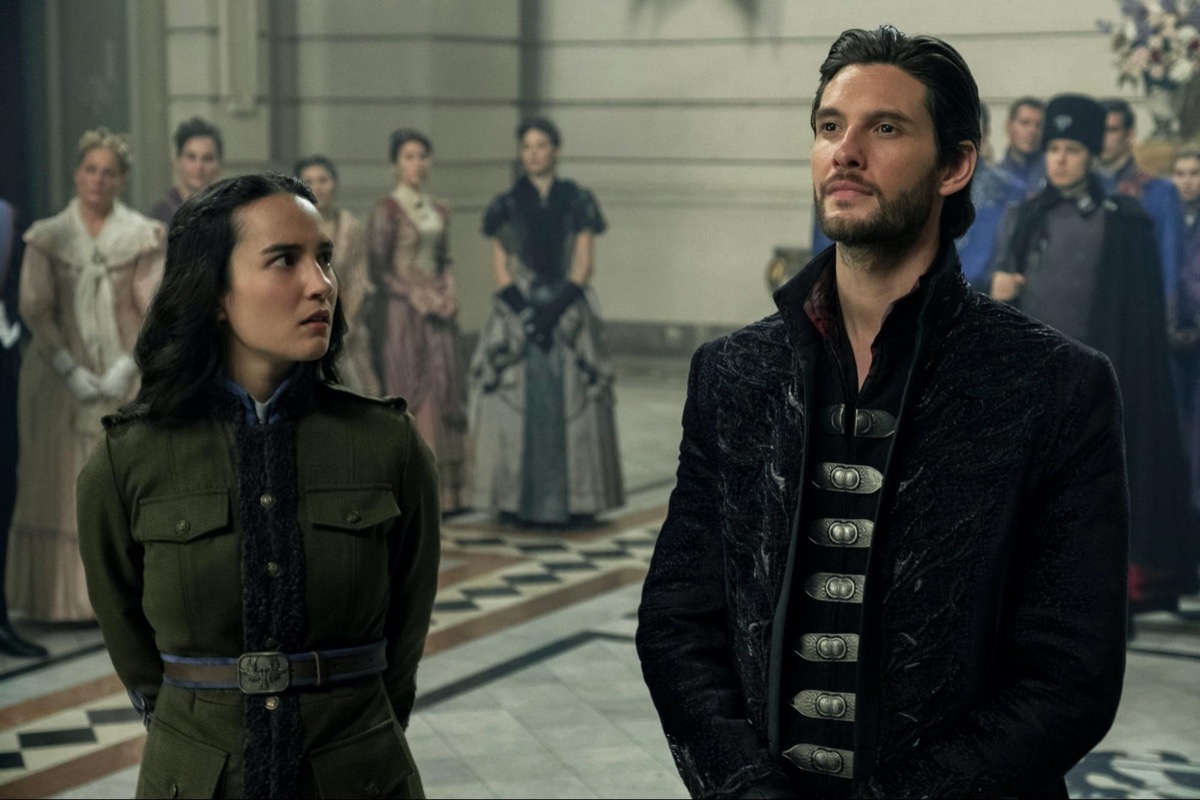
When the Queen of Ravka comments on Alina’s Shu heritage, she also tells the Darkling (Ben Barnes) to translate what she has said into Shu, so that Alina may understand it. Alina responds to the Queen that she doesn’t actually speak Shu. The loss of one’s heritage language can occur for a number of reasons. Some parents who immigrate don’t teach their children in an effort to make them assimilate. Some children (or even adults) avoid using the language because of internalized racism or fear of being subjected to more racism by the people around them. Some Asians are adopted by non-Asian parents who don’t speak their heritage language.
Any type of diaspora can struggle to find the opportunity to practice when they’re largely surrounded by people whose main language is something other than their heritage language. Language is like a muscle: you have to use it or else you will lose it. Alina is an orphan who grew up in an orphanage, so her lack of knowledge of those facets of Shu culture is understandable but no less tragic.
There is an incredible level of detail and accuracy in the ways that Alina experiences racism as a mixed Shu in Ravka that directly parallels many of the things mixed-Asians deal with in our own world. This accuracy is largely present because of one of the show’s writers, Christina Strain. Strain is mixed-Korean, grew up in Korea, and has drawn from many of her own personal experiences in developing Alina’s struggles on the show.
So much of my life as a mixed race person involves hearing I look “Asian-ish,” “Asian enough,” or “not quite white,” followed up with “What are you?”
And because I grew up in Korea, I speak Korean. But because I was seen as “more white,” the assumption was I only spoke English.
— Christina Strain (@christinastrain) April 21, 2021
I turn 40 in a week and I can honestly say that seeing Jessie Mei Li as Alina FEELS like the first time I’ve ever truly seen myself represented on tv. And it’s a gift.
— Christina Strain (@christinastrain) April 21, 2021
I’ve observed some skepticism online towards the presence of racism in Alina’s story and the show in general. This skepticism is insulting, regardless of the intention behind it. The model minority stereotype has an extensive history, particularly in America’s complicated history of racism against Asians. The general sentiments of the model minority stereotype are that Asians are wealthy, hard-working, law-abiding, etc.
The Washington Post published an extensive piece about the history behind the model minority stereotype and how it continues to be a blight on our well-being today, with historian Ellen Wu going in-depth to elaborate on a number of important facets of the origins and ramifications of the model minority stereotype. One of the most important ones to highlight as it relates to Shadow and Bone is that the model minority stereotype has now become a weapon to deny that racism against Asians exists. When the attack against Asians in Atlanta happened back in March, there was a collective hesitation from many people in law enforcement, government, and the mainstream news media to use the term “hate crime” to describe what had happened.
Shadow and Bone put a spotlight on anti-Asian racism, and the importance of that is undeniable. We as Asians need the rest of the world to understand that even if the stereotypes against us are different from other BIPOC, we suffer considerable harm from racism.
The most alarming but sadly accurate racist attack that Alina suffers from isn’t the name-calling or even the repeated attempts by others to deny her access to food. It is in episode 6, when a man points out Alina’s Shu heritage before physically grabbing her and trying to pull her inside so that he and other men can sexually assault her. Thankfully, Alina has Sun Summoning powers to fight off these men before they are able to do anything other than grab her.
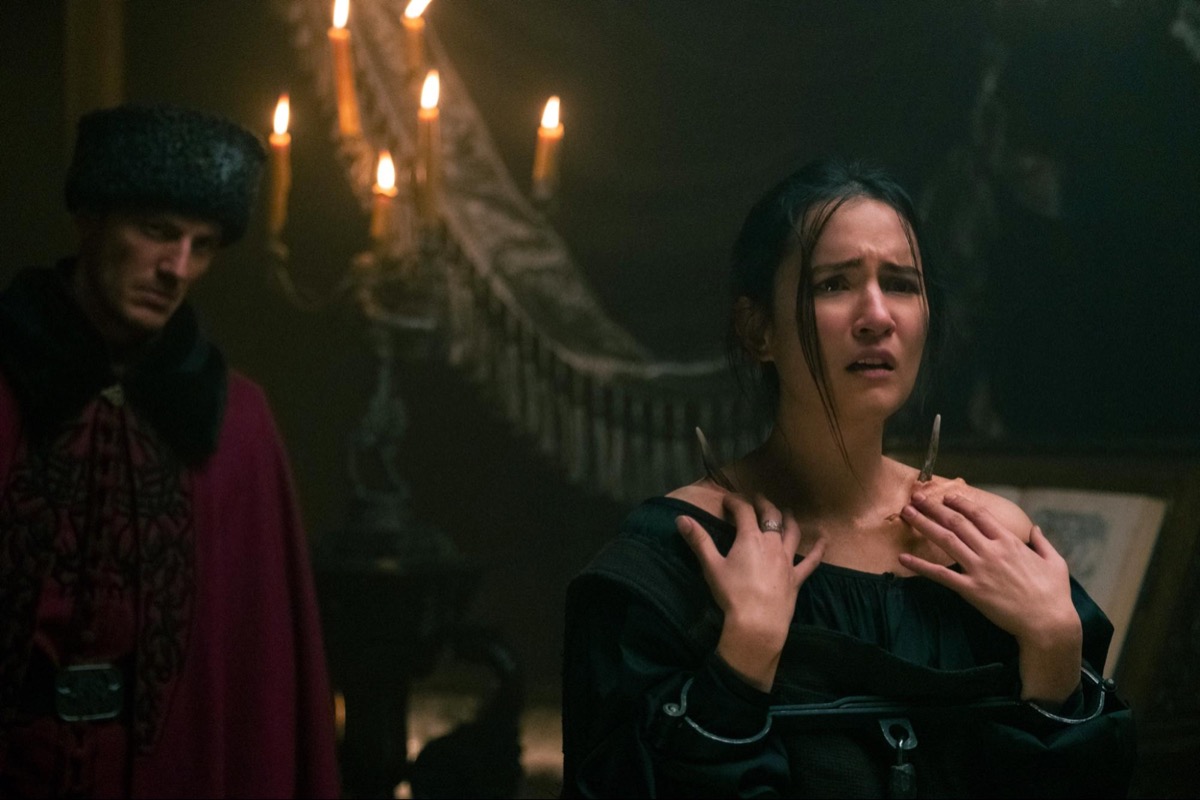
Anti-Asian racism against Asian women poses a significant risk to our safety because that racism is deeply intertwined with misogyny and harmful stereotypes about Asian women. The Atlanta shooter targeted those spas because they were Asian-owned and he was “seeking to eliminate a ‘temptation’ related to his history of sex addiction.” Asian women, particularly but not limited to those of East and Southeast Asian ancestry, have to deal with a number of stereotypes that oscillate between painting us out to be submissive and docile, or hypersexual and dangerous “dragon ladies,” and as a result, we are often targeted for sexual harassment, violence, and assault.
Alina’s story is painfully accurate in how it addresses racism against mixed-Asians and Asian women in general. However, even with the considerable amount of racism she experiences and how Othered she has been for her entire life, she is still proud of her heritage. When she interacts with Genya, a Tailor whose magic can make slight or drastic appearances to a person’s appearance, Alina asks her not to change the shape of her eyes. It’s one of many empowering moments for Alina, but remains a standout for the powerful message it sends to any and all who might be struggling with internalized racism—that you have every right to be proud of who you are, even when the world around you is claiming the opposite.
Alina deals with a significant amount of racism, but what’s even more refreshing is the perfect balance in how this heavy subject matter is integrated. She does not exist to be a punching bag of this socio-political commentary. Racism is an integral part of her story, but it isn’t the only part of her story. She learns to own her power as a Sun Summoner and as a person taking control of her life. She escapes from her abuser and wins in a confrontation against him in the season finale. She finds the courage to share how she really feels about the man she’s been in love with since they were children. Half-Asian Alina Starkov is the hero I wish I had when I was a child, and the hero I aspire to learn from as an adult.
Mal
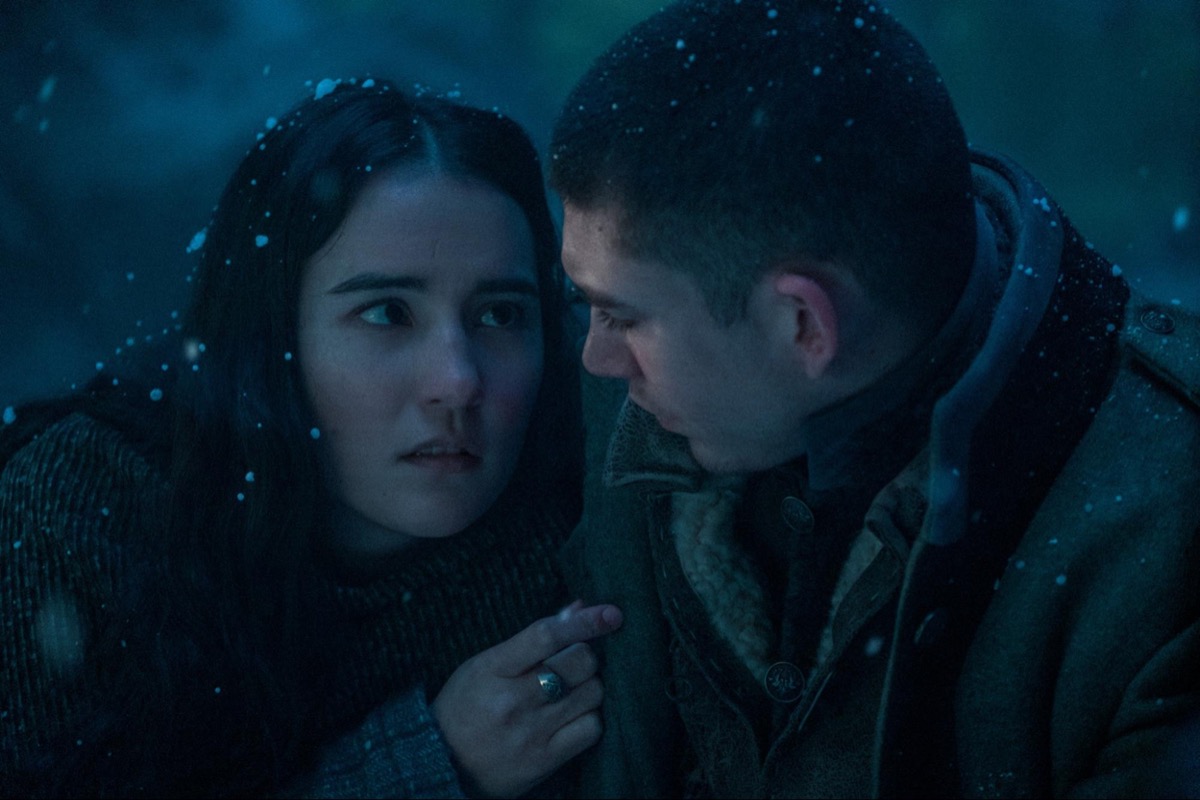
Alina’s childhood friend and endgame love-of-her-life is Mal Oretsev. They grew up together as orphans, and both characters were changed in the adaptation from book to screen to be mixed-Asians. Mal’s exact origins aren’t explicitly stated in the show, but actor Archie Renaux has mixed South Asian heritage. One of his family members even published a book addressing their family history of being Indian, their eventual mixed heritage, and the larger topic of the British colonization of India.
He and Jessie Mei Li are both trailblazing mixed-Asian performers playing mixed-Asian lead characters. The importance of this cannot be undervalued since, as I previously stated, canonically half-Asian characters are often portrayed by non-mixed Asian actors because mixed Asians are systematically degraded as being “not Asian enough.” Even Marvel’s Shang-Chi character is half-Asian and half-white in the comics, yet a non-mixed Asian actor is portraying him in the movie.
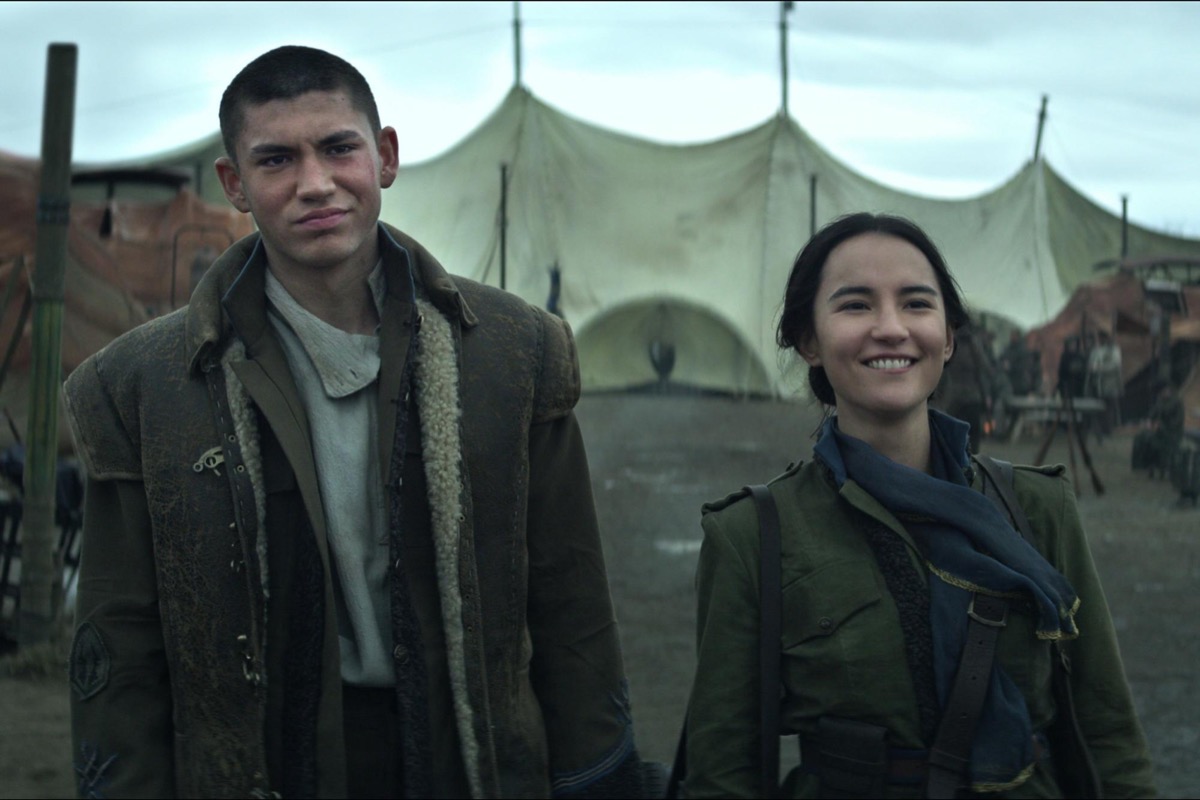
There is a historical and ongoing reluctance of Hollywood to cast Asian men as romantic leads. Sessue Hayakawa is largely regarded as the first Asian male Hollywood heartthrob; his main popularity was during the silent film era of the 1910s-1920s. Hayakawa struggled to keep his career momentum due to a number of obstacles including being typecast, an increasing amount of racism against Japanese people, and the eventual Motion Picture Production Code which, among other things, forbade portrayals of “miscegenation” in film.
The Shadow and Bone television writers have breathed new life into Mal when adapting him from the books. In the Shadow and Bone trilogy, readers were very disconnected from being able to understand Mal’s feelings and motivations due to the books being entirely limited to Alina’s first-person perspective. In this adaptation, viewers can see how hard Mal has fought to try to get back to Alina once she is taken away by The Darkling after her powers are exposed.
At a superficial glance, it’s easy to see how Mal is appealing. He is handsome, physically strong, and a capable fighter with his hands and other external weapons. He more than holds his own in standoffs and confrontations against Grisha, whose powers could do considerable damage to him.
However, the most revelatory qualities of Mal go far beyond the superficial. He is a heroic and deeply romantic lead. Mal is not a trailblazer just because he “gets the girl” in the end. Inserting an Asian man into the romantic lead role you would usually see a white man playing would not have been enough on its own to be considered revolutionary, given how deeply sexist a lot of heterosexual “romance” stories tend to be in the entertainment industry. The writers on the show have worked hard to ensure Mal’s material and characterization subverts the usual pitfalls of toxic masculinity viewers are accustomed to seeing in widely distributed romantic stories.
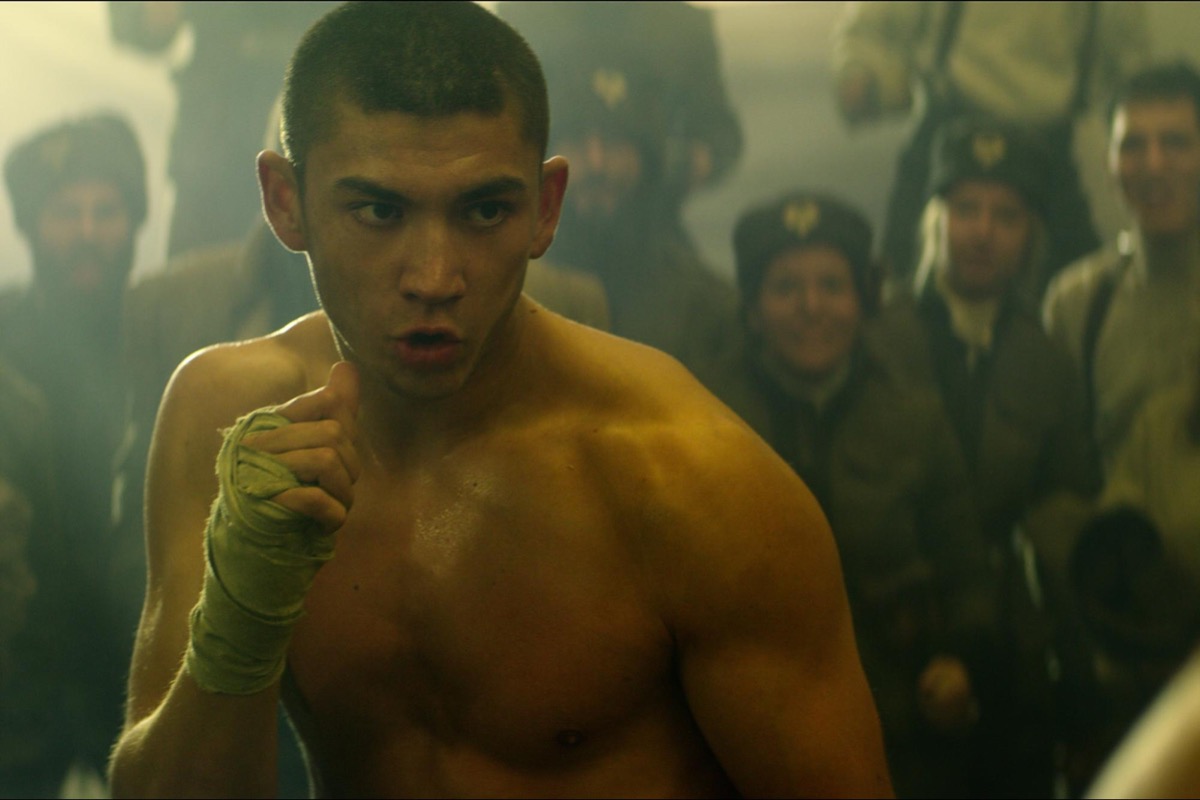
When Alina and Mal are children at the orphanage, they are both subjected to racist bullying. Alina threatens one bully with a letter-opener when he is coming after Mal. This changes the context of their relationship when they are older. The violent encounters Mal gets into are not happening simply because he is the man in the relationship; he is fighting because they have always fought to protect each other and get back to one another. Even when Mal finds out Alina has been locked up as punishment for assaulting an officer because he called her a racist name, Mal finds the man and assaults him too, to not only get back at him but so that he can get locked in a cell next to Alina’s and be reunited with her.
In episode one, Mal expresses a fear of Grisha women before Alina’s powers are revealed. It is a key reason why she is able to believe, after months of not hearing from him (because their letters to each other had been secretly intercepted under the orders of The Darkling), that he had abandoned her. It makes their reunion all the more heartwarming when she opens up about her worries that he will now fear her, and he reassures her that he is not afraid of her or her powers.
She also opens up about the shame she feels at having been deceived and seduced by The Darkling. Before she can start to spiral and emotionally self-flagellate, he jumps in to reassure her that the only thing he cares about is her safety. The writers were wise to remove jealousy from his reaction, as Mal is instead shown to be emotionally sensitive and empathetic to Alina’s traumas in her most vulnerable moment.

Mal’s importance goes far beyond proving that Asian men can be desirable romantic leads. His emotional sensitivity and tenderness defies the toxic masculinity that is far too frequently shown in Hollywood romances between characters of any ethnic background. Mal is the type of male romantic lead Hollywood should have been pushing out years ago, and Archie Renaux infuses an earnest emotional delivery to every interaction Mal has with Alina. Now, all that’s left is for us to wait and hope for Netflix to renew the series so he can continue to grow deeper in love with Alina as they work together to destroy the Shadow Fold.
Inej
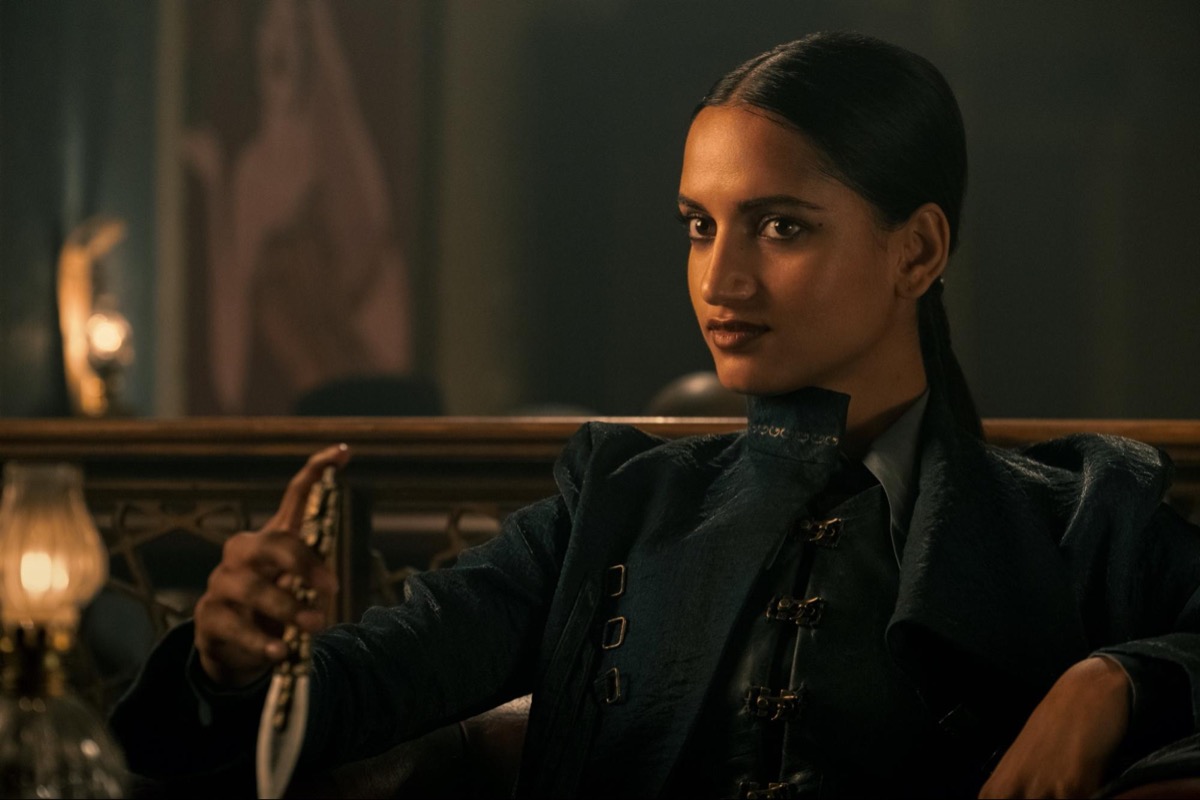
Inej Ghafa has been a fan-favorite ever since the Six of Crows book was released. Her origin story is very dark, as she was kidnapped and trafficked into working at a brothel as a child before Kaz Brekker bought her indenture to pay off. She works as one of the members of the Crows, a gang that partakes in various criminal activities. Her skills of being silent, staying undetected, climbing, and fighting with a vast collection of knives make her an ideal candidate for spying, breaking and entering, and combat when the occasion calls for it.
It doesn’t take long when searching online to find many Desi and broadly South Asian youth who revere Inej as a hero they look up to. When discussions are had about “Asian representation,” there can be an unfortunate tendency by some to overlook Asian communities outside of East Asian heritage. Actress Amita Suman was born and raised in a village in Nepal before moving to the U.K. and has taken to the role of Inej like a fish to water. She perfectly conveys Inej’s emotions, even when they’re simmering beneath the surface.
The creative team of Shadow and Bone has wisely made the decision to not film any of the traumatic scenes of Inej as a child. Instead, they give that subject matter the respect it deserves by writing lines of dialogue for Suman and other performers that effectively inform the audience of the magnitude of what Inej has survived and continues to struggle to emotionally deal with. Survivors are far too rarely given the space that Inej has to be heroic without battering the viewers with the graphic details and imagery of what they have experienced.
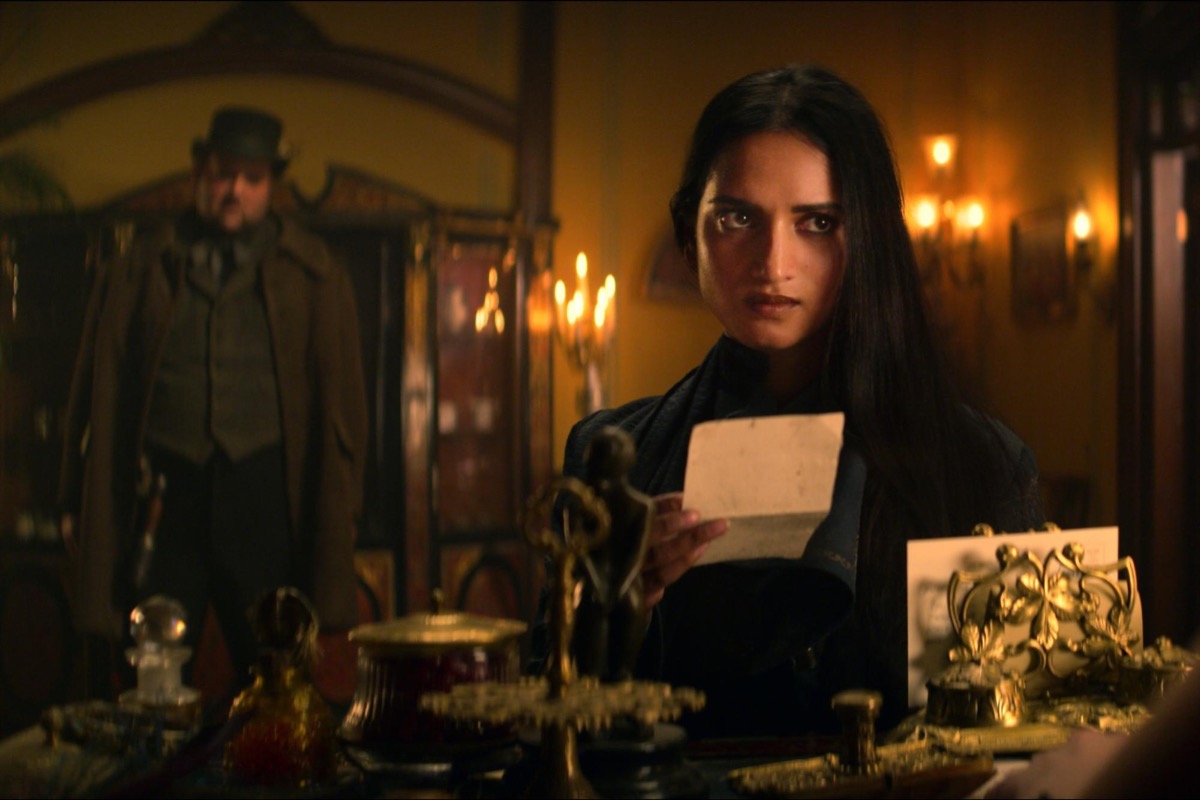
Inej’s relationship with Kaz is one of the most popular romantic pairings in the Grishaverse. Kaz and Inej’s relationship is romantic right from their first scene together. He tells her that she is one of a kind, and they share some smoldering eye contact before carrying on with their conversation about an upcoming job. They take the term “slow burn” to another level given that they both have experienced considerable trauma that they still have to work through, and the fact that Kaz’s trauma has resulted in him having developed an aversion to touching people’s bare skin.
They also have some fascinating conversations with each other about their differing views of faith and philosophy. (She has religious faith; he does not.) Kaz is willing to risk losing everything he has worked to gain, his Crow Club business, to get the one million kruge prize from a heist so that he can pay off the rest of Inej’s indenture from the brothel owner Tante Heleen, so she will have the complete freedom to do what she wants.
From the surface level aesthetics to the deepest layers of her character, Inej is a groundbreaking heroine for many young people to look up to. Colorism is a rampant problem in many beauty and entertainment industries all over the world, including those in South Asia. It’s essential for young people to have a show where there is a main character that looks like them, in direct defiance of colorist beauty standards. However, Inej’s value goes beyond just her outer beauty. Inej is a survivor, a fighter, romantically desired, and a deeply loving and empathetic person to the people around her. Her well-roundedness as a character is why she is revolutionary.
Zoya
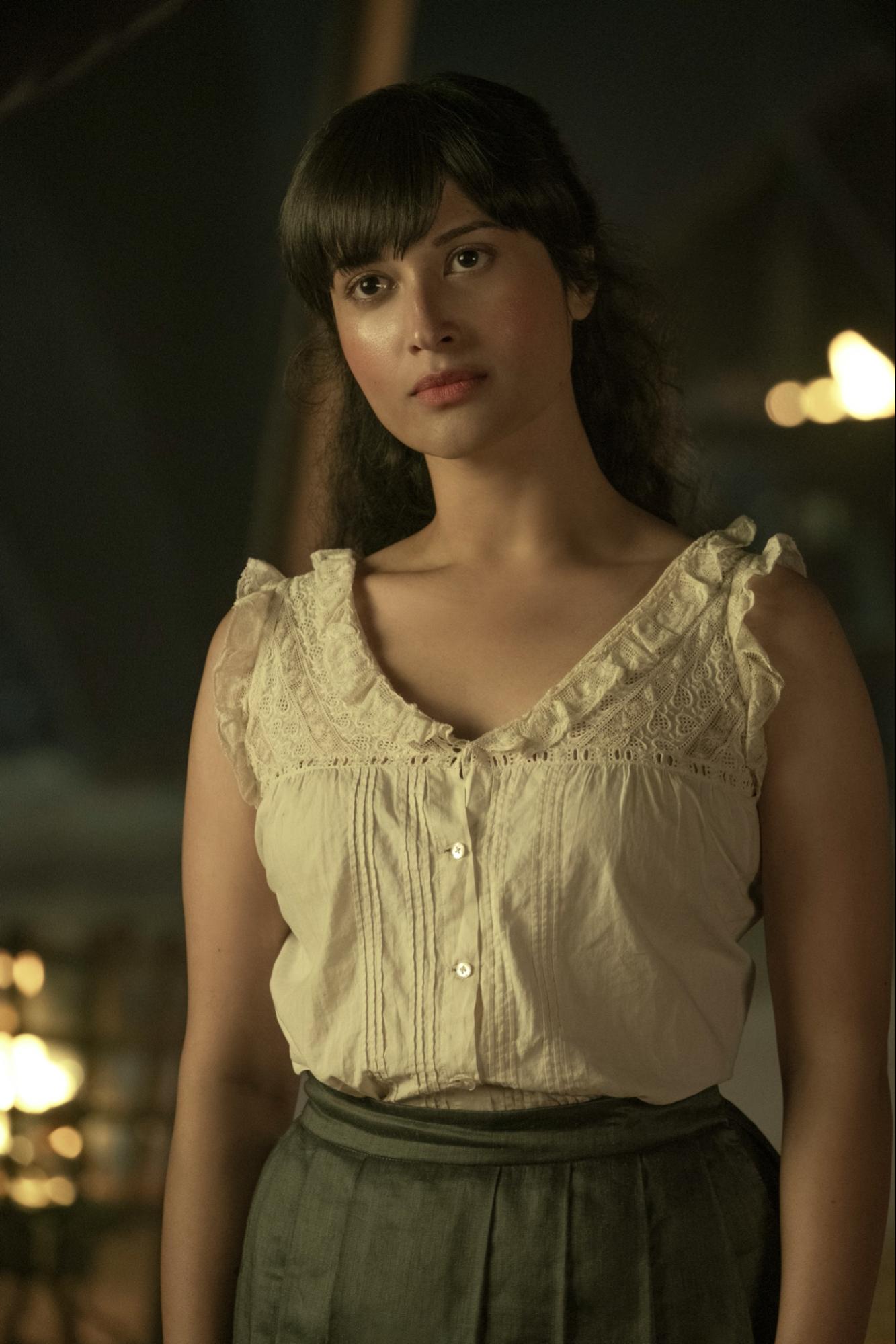
In the first Grishaverse book Shadow and Bone, Zoya was less of a character and more of a caricature. Imagine any generic mean girl you’ve seen in an early 2000s sleepover film for tweens and you will have a picture-perfect idea of how Zoya is written in that first book, which the show has drawn heavily from in creating the first season.
Zoya eventually undergoes tremendous character growth over the course of several books, but the show writers wisely expedited that growth so British Indian actress Sujaya Dasgupta was able to play a complete character arc in the first season. Having two South Asian actresses on the same project with such different personalities and journeys further dispels racist stereotypes that Hollywood often perpetuates that homogenize BIPOC who have the same or similar cultural background.
To understand Zoya’s arc on the show, you have to understand some key pieces of lore that are interwoven into the writing. There are multiple scenes that reference a test that is administered to all children in Ravka to see if they are Grisha and possess magical abilities. Grisha children are taken to the Darkling’s palace to be trained. Alina cheats on this test, not knowing she is actually Grisha, because she doesn’t want to risk being separated from Mal if she turns out to be one.
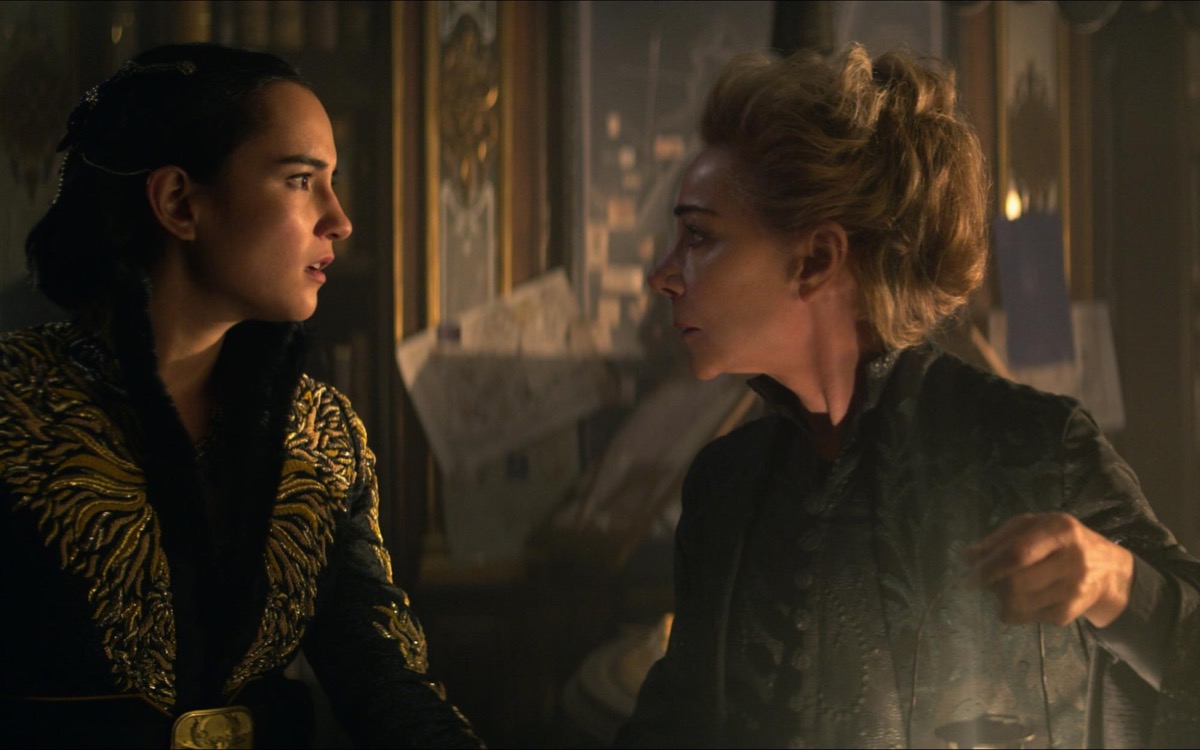
When Baghra reveals to Alina the truth about the Darkling’s identity and intentions, she further elaborates about his methodology when dealing with young girls. “He’s had centuries to master lying to naive girls.” It becomes evident by the time the season has finished that the Darkling is more than willing to seduce and harm girls if it will help him get the power or pleasure he wants. The Darkling puts on a facade of a lonely, wounded boy to prey on Alina. He sends Genya to the King’s palace, where she is habitually raped by the King, because he wants Genya to spy for him.
In episode 6, it’s revealed that Zoya has had sexual encounters with the Darkling. While he is stressing over Alina’s escape, she offers herself to him. “You used to call on me on times like this. When your table was messy and your bed was neat. I’d help you make it the other way around. You’d let yourself relax.” Every detail Zoya reveals here further emphasizes that she is yet another girl the Darkling has used for his own personal gain. He was the one to initiate and use her as a sexual object. This contextualizes her often volatile temperament when she senses his attention is slipping away from her. She has been groomed from a young age to seek his validation and has not yet learned the truth about his character and intentions.
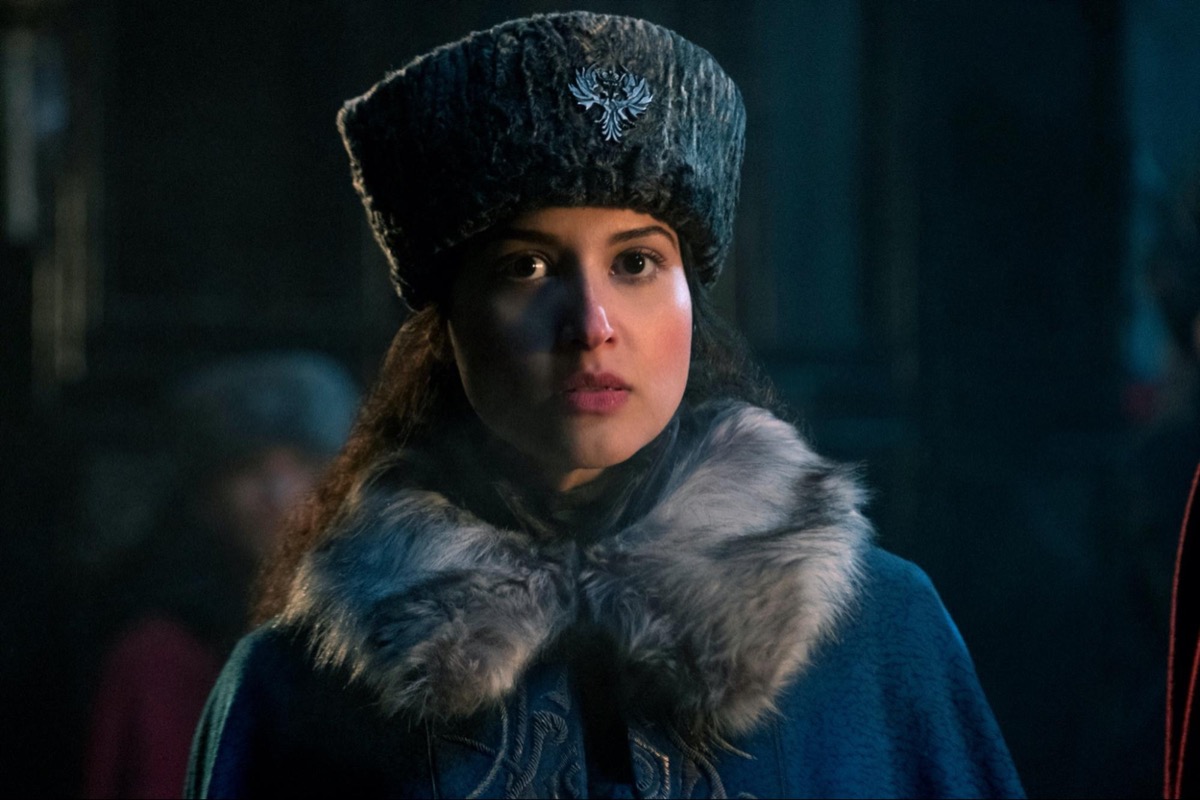
In the books, Zoya would frequently lash out at Alina even to the point of violence. In the show, Zoya only lashes out when she is feeling insecure about her standing with the Darkling. A physical confrontation they had in the books is toned down in the show from Zoya breaking Alina’s ribs, to Alina getting briefly knocked out but otherwise uninjured. The Darkling has painted himself out to be the savior of the Grisha, but it isn’t until he enslaves Alina with a magical collar and weaponizes her powers to lay waste to Zoya’s hometown that Zoya is awakened to the truth about his intentions. She helps the Crows, Alina, and Mal at the end of the season as they are fighting off Volcra and the Darkling himself.
Zoya is perfectly set up in the season finale to go off and make her own way to help any remaining survivors of The Darkling’s destruction of her hometown. From start to finish, Sujaya Dasgupta beautifully portrays the many nuances of Zoya. Whether she is beautifully confident, strategic and cunning, emotionally volatile, or displaying a moment of vulnerability, viewers are treated to Zoya as a fully realized character on the show that is leaps and bounds ahead of how she was written in the first book.
—
Shadow and Bone is a groundbreaking, must-watch series that has revolutionized so many outdated practices of excluding, homogenizing, and misrepresenting Asians. With this many brilliant characters making so many different types of Asians feel seen and empowered like never before, it would be downright criminal for Netflix not to renew it.
(images: Netflix)
Want more stories like this? Become a subscriber and support the site!
—The Mary Sue has a strict comment policy that forbids, but is not limited to, personal insults toward anyone, hate speech, and trolling.—










Published: May 21, 2021 10:52 am